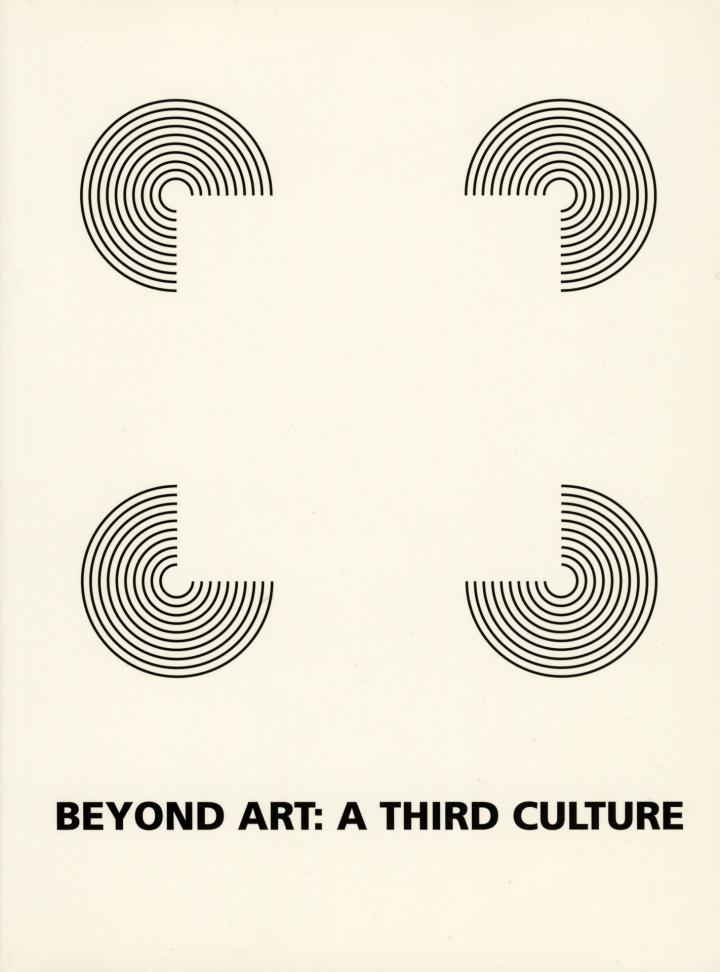Stephen Wolfram: A New Kind of Science (2002)
Filed under book | Tags: · biology, cellular automata, computation, mathematics, philosophy of science, physics, science, systems science

This long-awaited work from one of the world’s most respected scientists presents a series of dramatic discoveries never before made public. Starting from a collection of simple computer experiments–illustrated in the book by striking computer graphics–Stephen Wolfram shows how their unexpected results force a whole new way of looking at the operation of our universe.
Wolfram uses his approach to tackle a remarkable array of fundamental problems in science, from the origins of apparent randomness in physical systems, to the development of complexity in biology, the ultimate scope and limitations of mathematics, the possibility of a truly fundamental theory of physics, the interplay between free will and determinism, and the character of intelligence in the universe.
Written with exceptional clarity, and illustrated by nearly a thousand original pictures, this seminal book allows scientists and nonscientists alike to participate in what promises to be a major intellectual revolution.
Publisher Wolfram Media Inc, 2002
ISBN 1579550193, 9781579550196
348 pages
PDF (updated on 2013-1-23)
View online
Peter Weibel (ed.): Beyond Art: A Third Culture. A Comparative Study in Cultures, Art and Science in 20th Century Austria and Hungary (2005)
Filed under book | Tags: · art, art and science, art history, austria, computer art, conceptual art, cybernetics, history of science, hungary, mathematics, media art, philosophy, psychoanalysis, technology

“Austria and Hungary in the 20th century were nations that made enormous achievements in the formal sciences and arts: abstraction, logic, mathematics, physics, positivism, psychoanalysis, cybernetics, constructivism, economics, art, media art, and concept art. Art and science are usually divided into two different cultures, and nations, too, are seen as having separate ones. This book delivers a new model of consilience and convergence of art and science by closely studying in a material historical way by using a multitude of original papers and contributions, photographs, documents, bibliographies, biographies, and survey essays, the mutual influence of art and science in Austria and Hungary. In fields ranging from Gestalt psychology to Quantum physics, from constructivism to theories of vision, from holography to cyberspace, we discover a multitude of ideas, books, movements and personalities that have deeply influenced the world. Richly illustrated, the book is a nearly invaluable sourcebook, in which a new method, resembling more a CD-ROM narration than a dictionary, has been used to map an unknown horizon of knowledge. Those involved in the history of science or art and in the field of cultural theory, will find an incomparable frame of reference and information. They will discover not only genius, talents and themes they have not been aware of, but also a new model of culture, a third culture. The book is graphically and structurally user-friendly with a synopsis for each chapter, models, diagrams, images, corolaries and index etc.”
Publisher Springer, Vienna, 2005
ISBN 3211245626, 9783211245620
616 pages
PDF (40 MB, updated on 2019-10-30)
Comments (2)Michele Emmer (ed.): Mathematics and Culture II. Visual Perfection: Mathematics and Creativity (2005)
Filed under book | Tags: · architecture, art, computer animation, computer graphics, mathematics
Creativity plays an important role in all human activities, from the visual arts to cinema and theatre, and in particular in science and mathematics .
This volume, published only in English in the series “Mathematics and Culture”, stresses the strong links between mathematics, culture and creativity in architecture, contemporary art, geometry, computer graphics, literature, theatre and cinema. So this book is designed not only for mathematicians but for all the people who have an interest in the various aspects of culture, both scientific and literary, with a special emphasis on the visual aspects.
Publisher Springer, 2005
ISBN 3540213686, 9783540213680
Length 203 pages
More info (publisher)
More info (google books)

